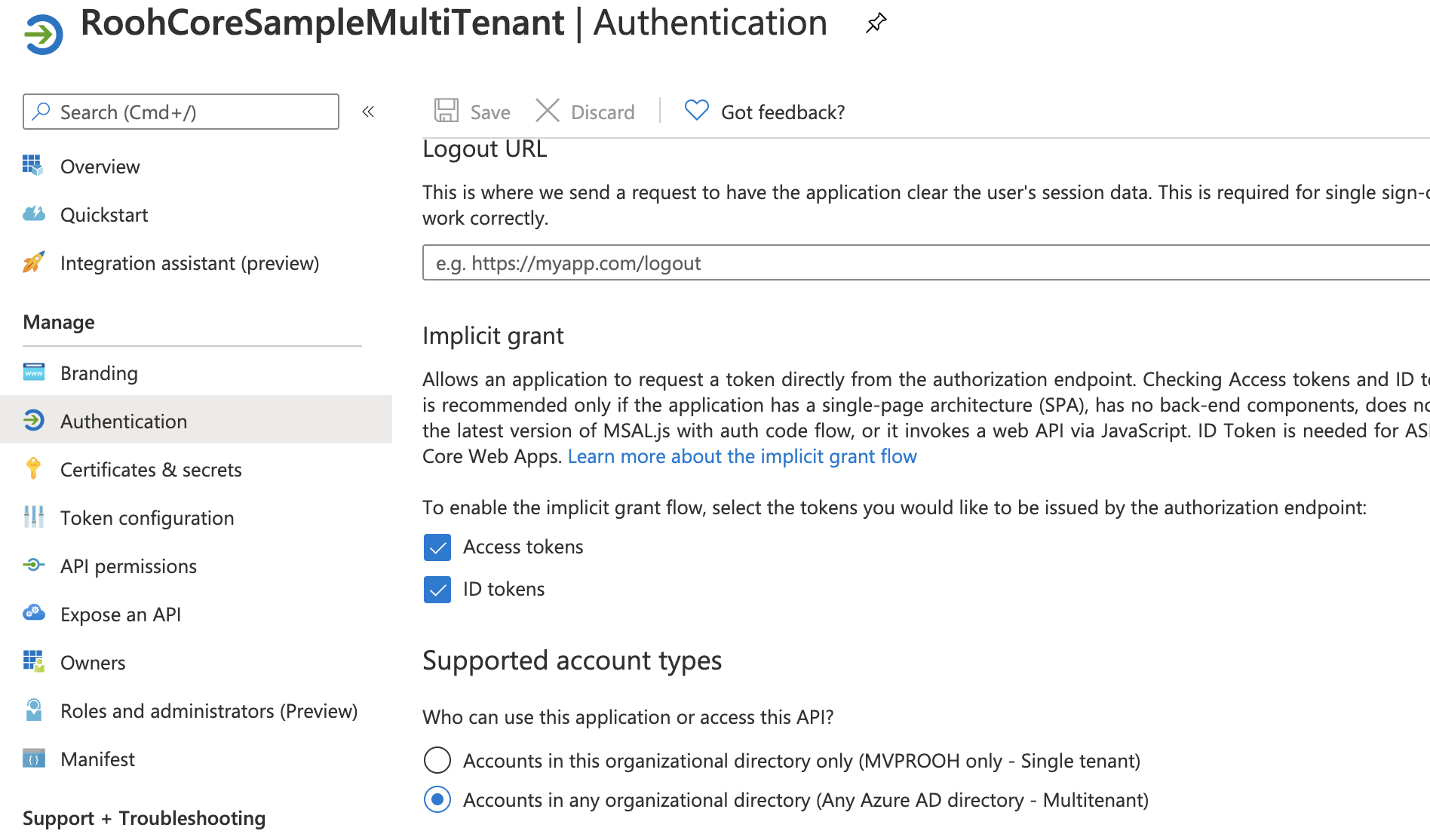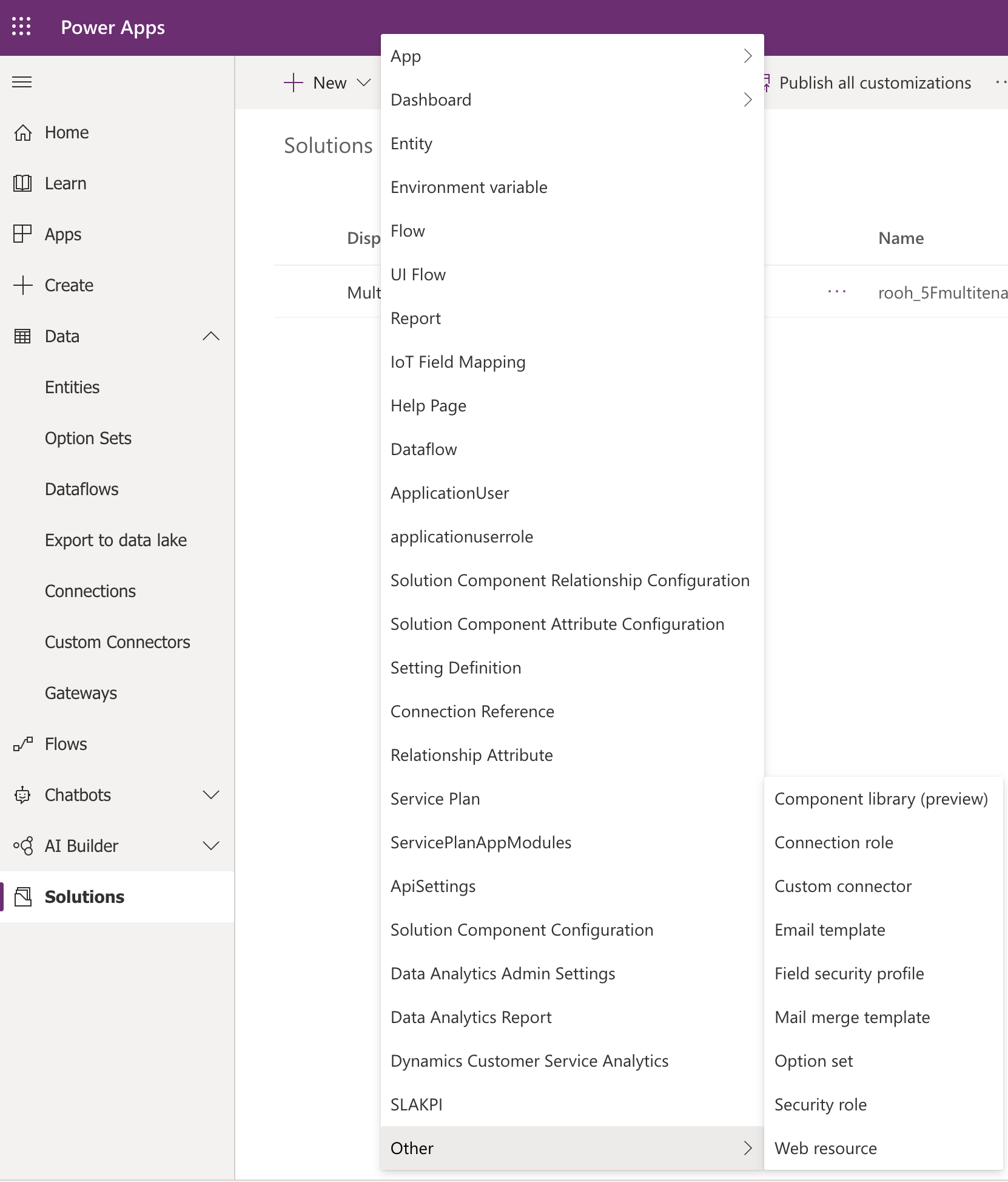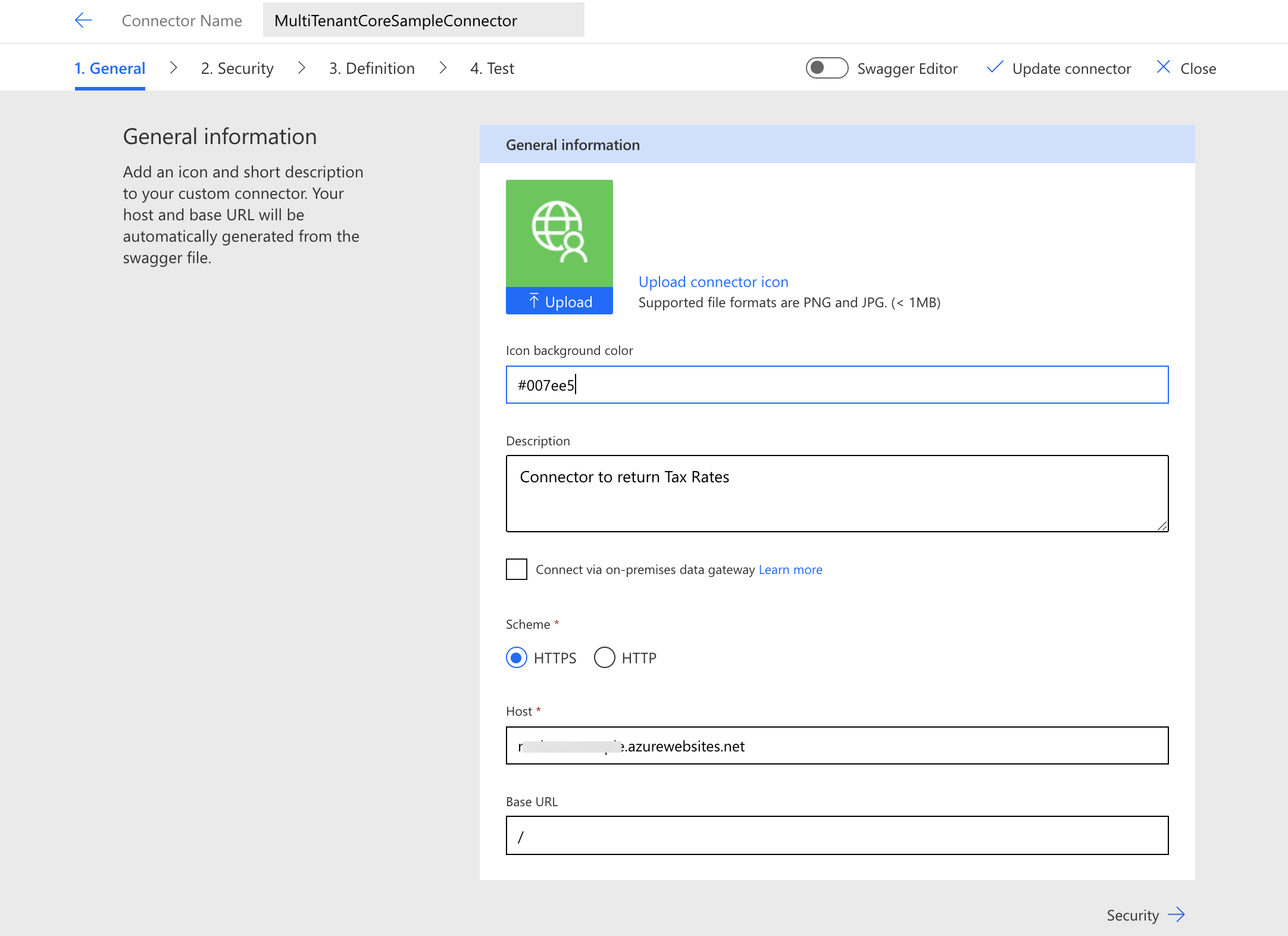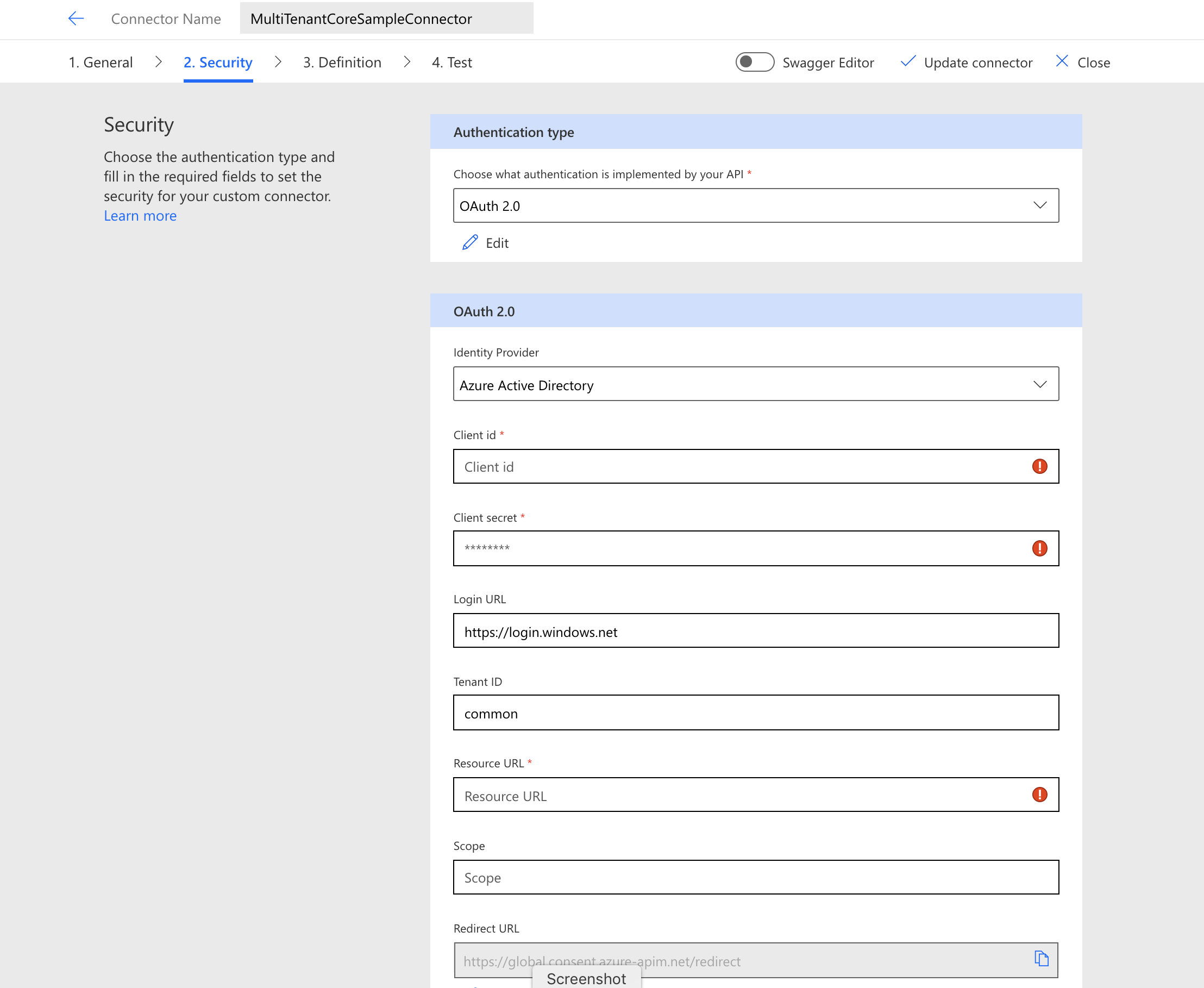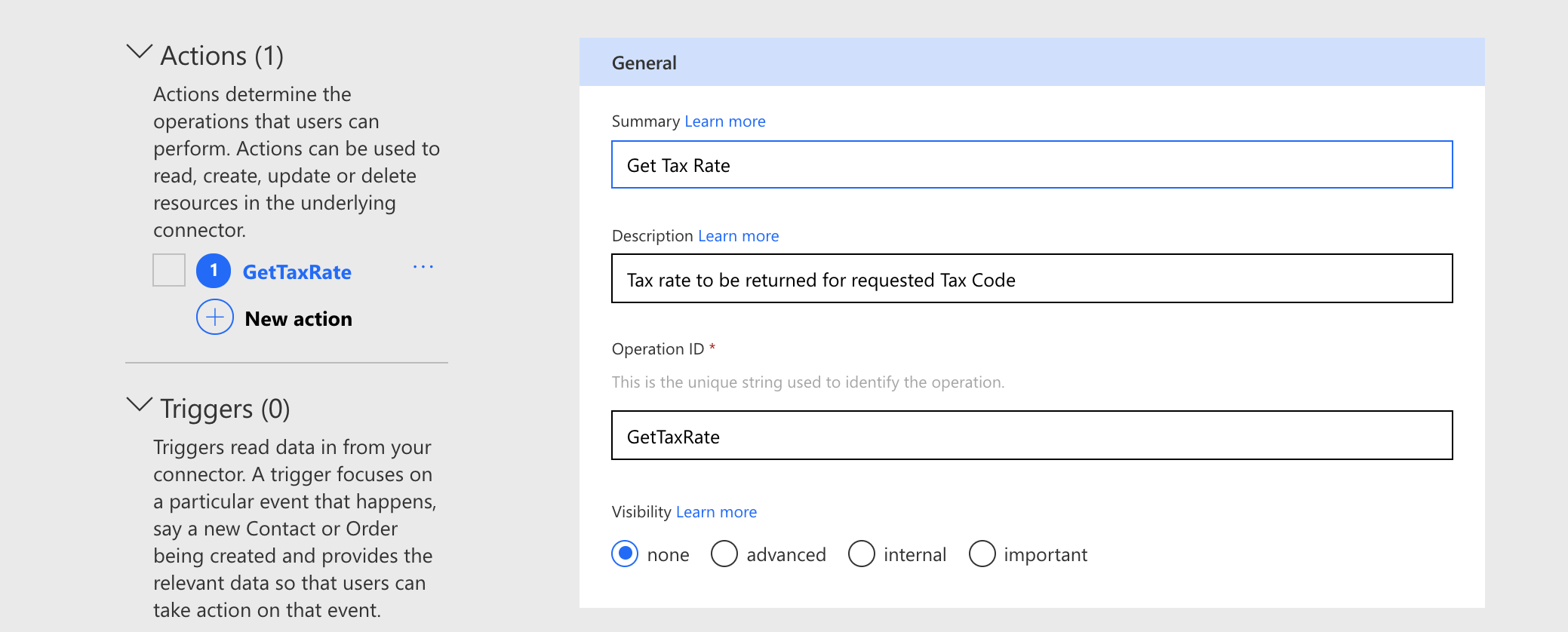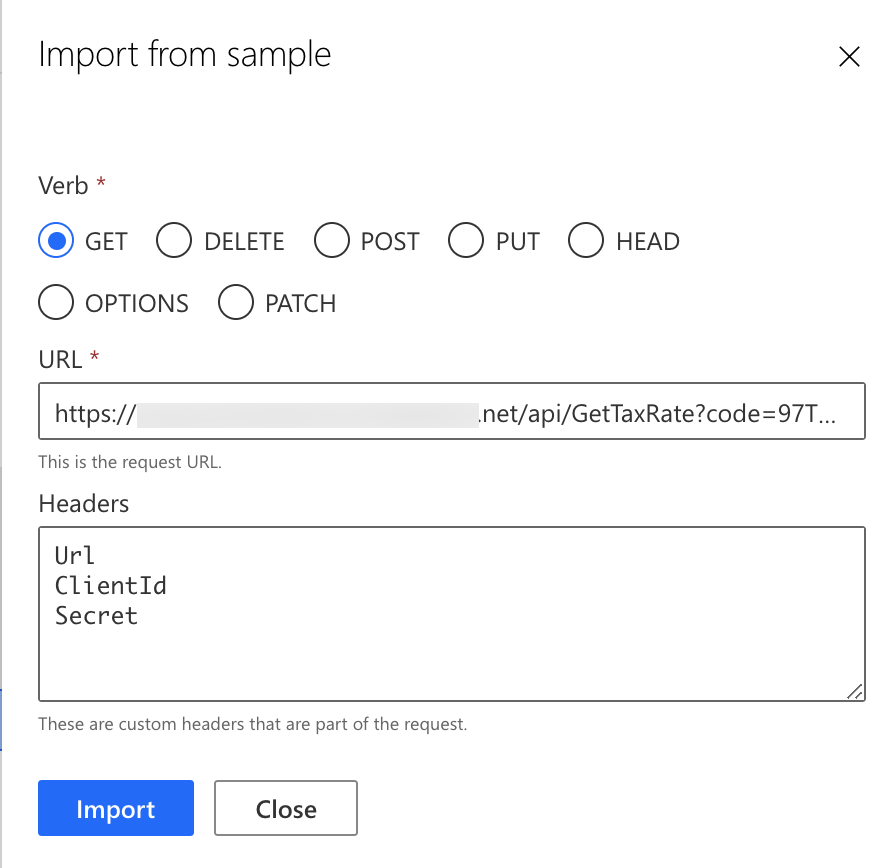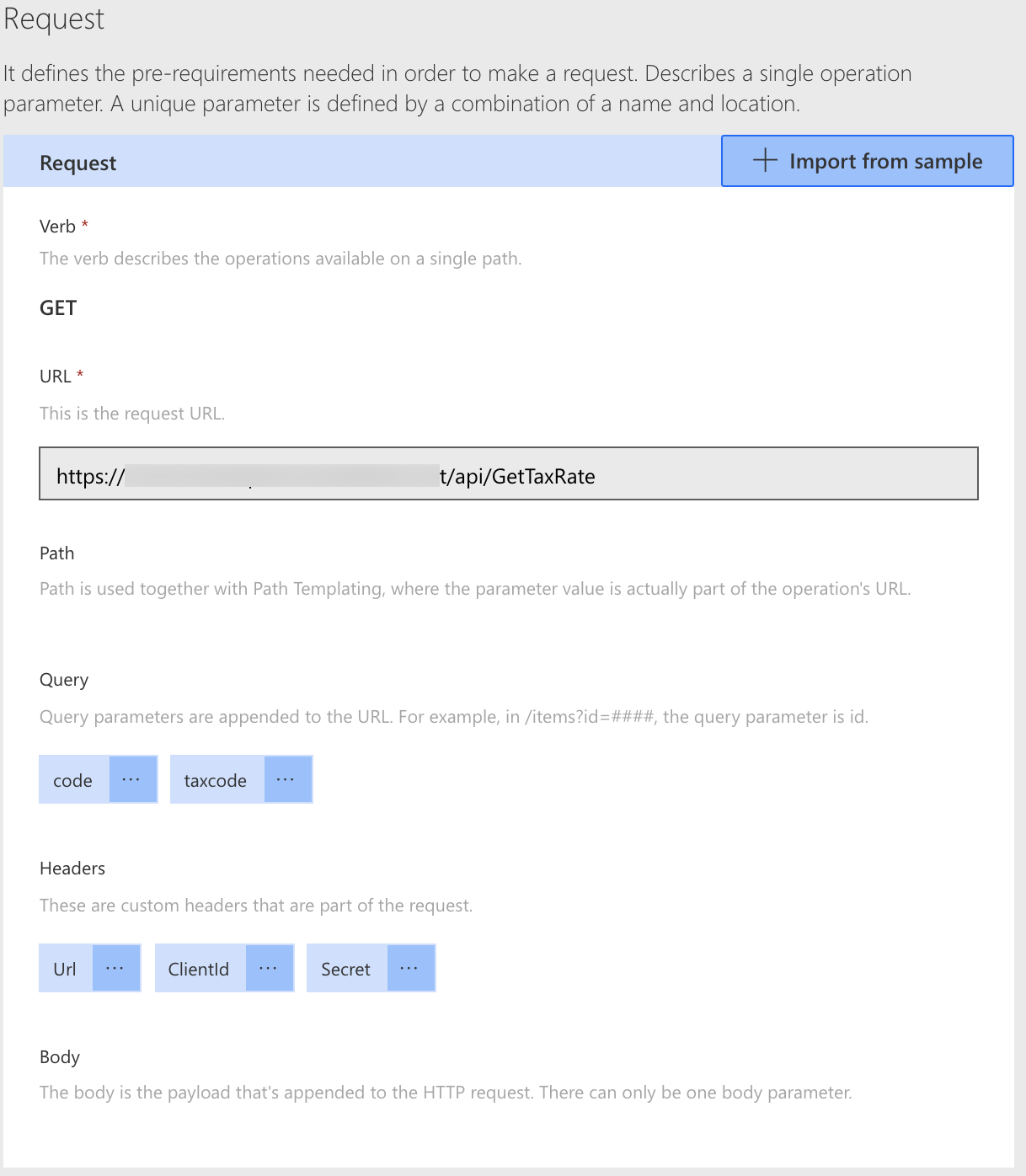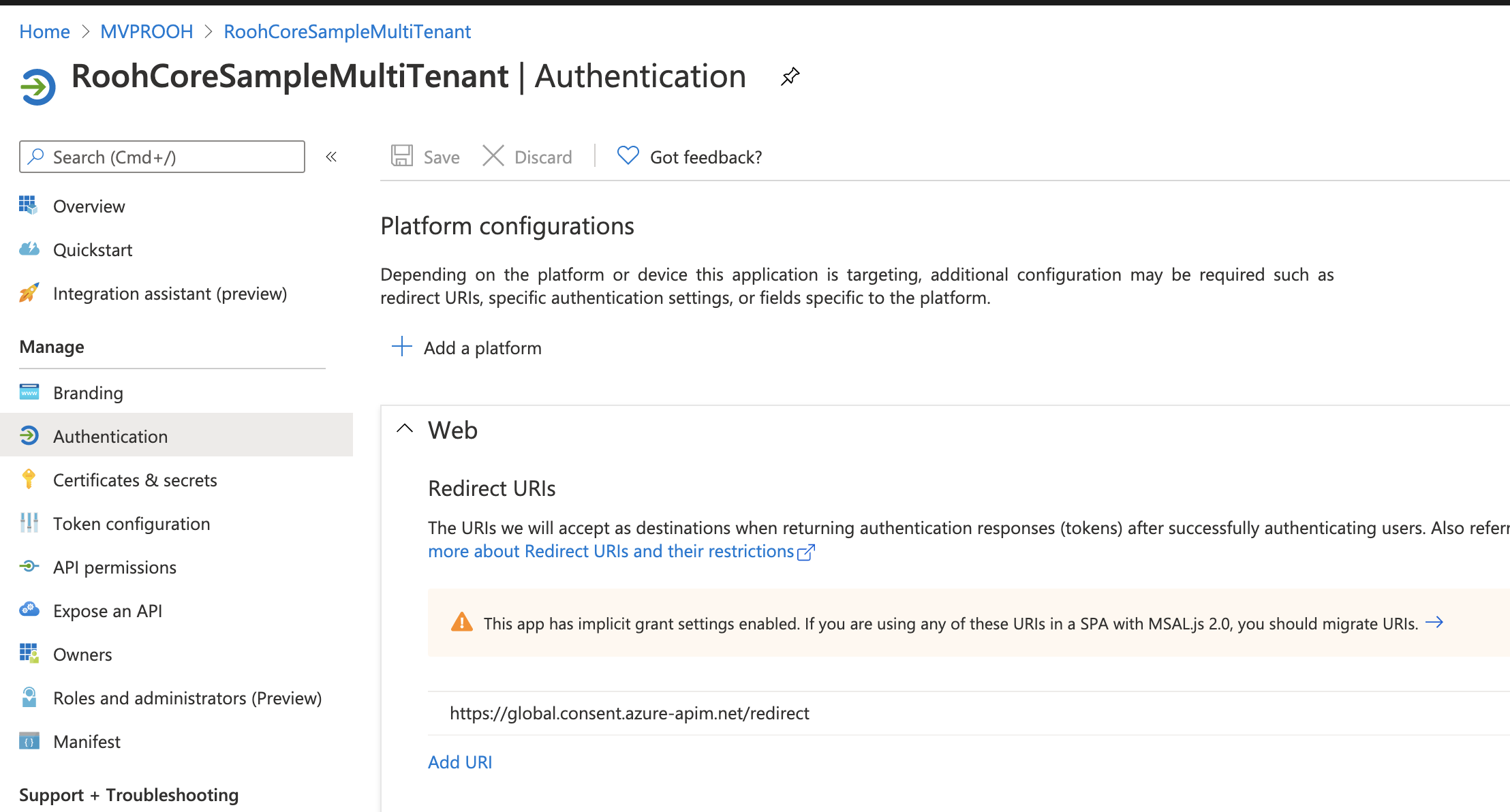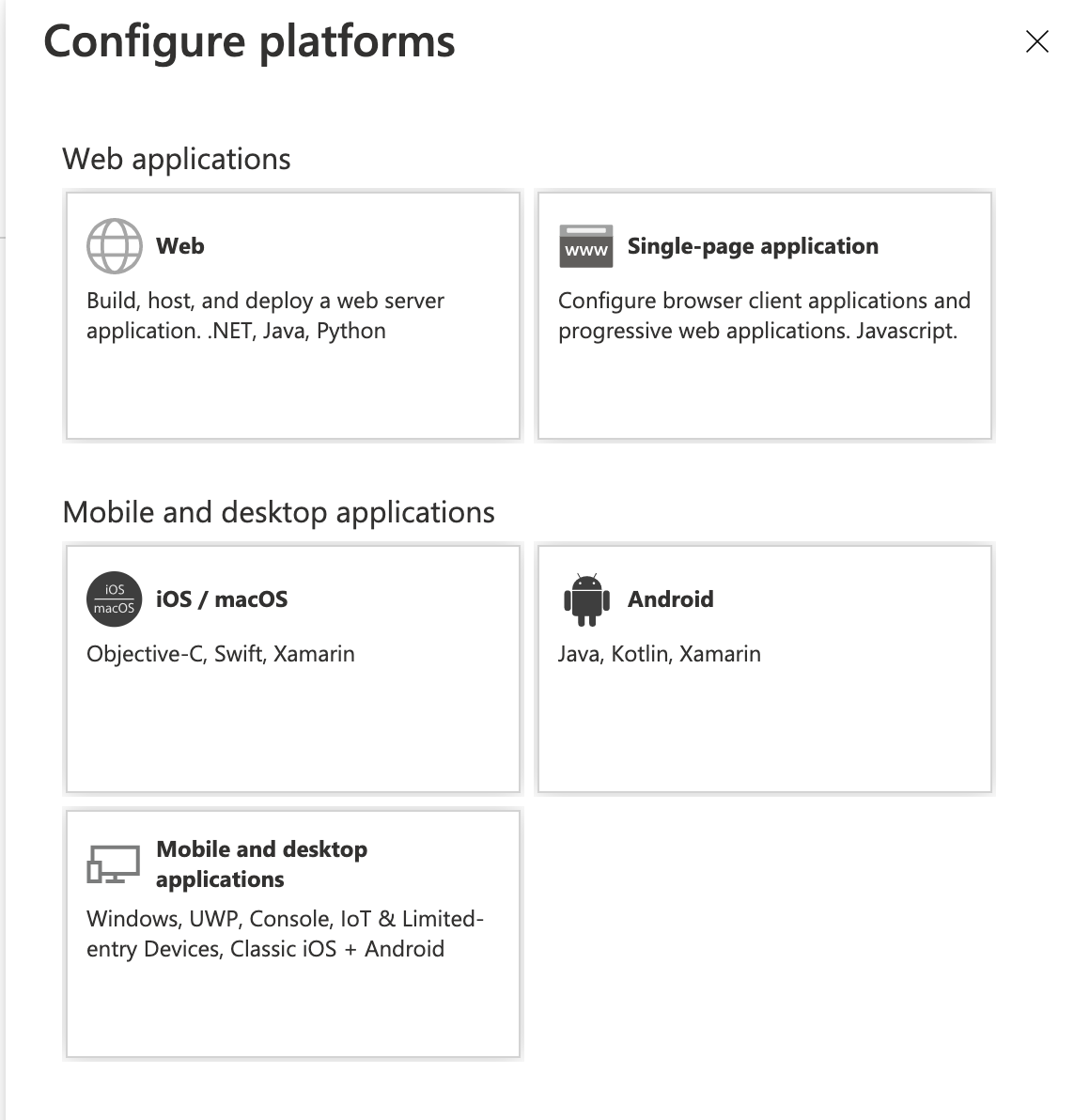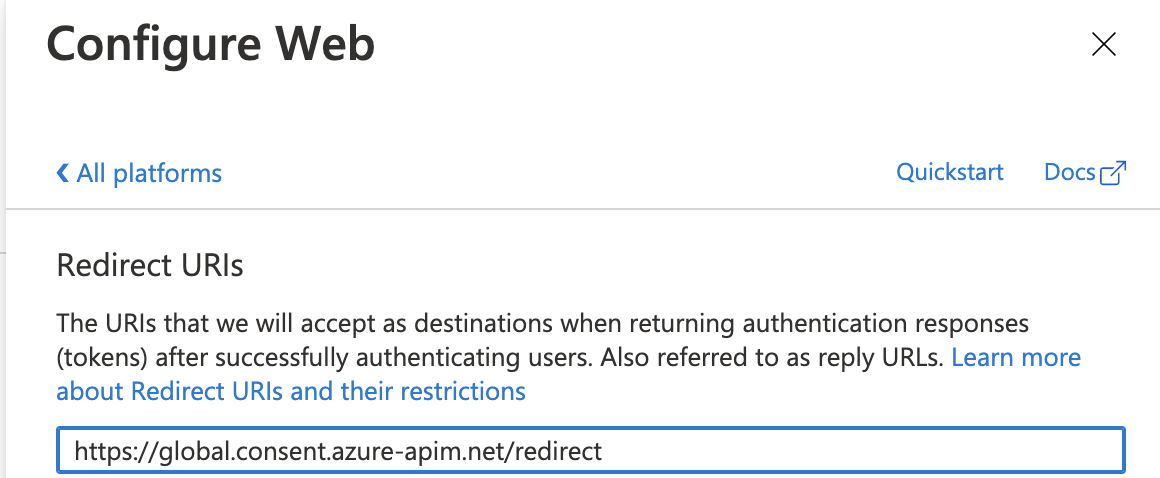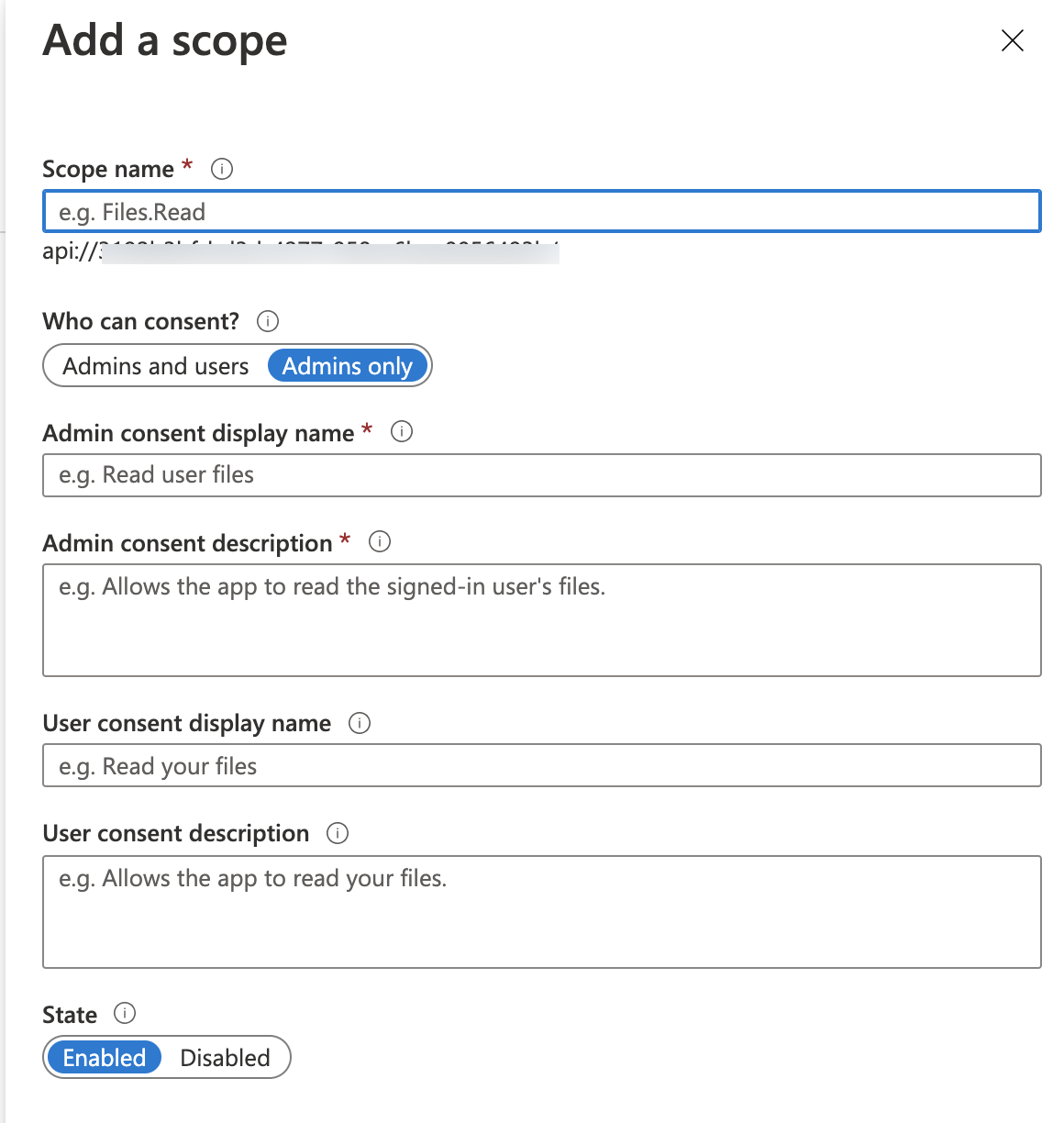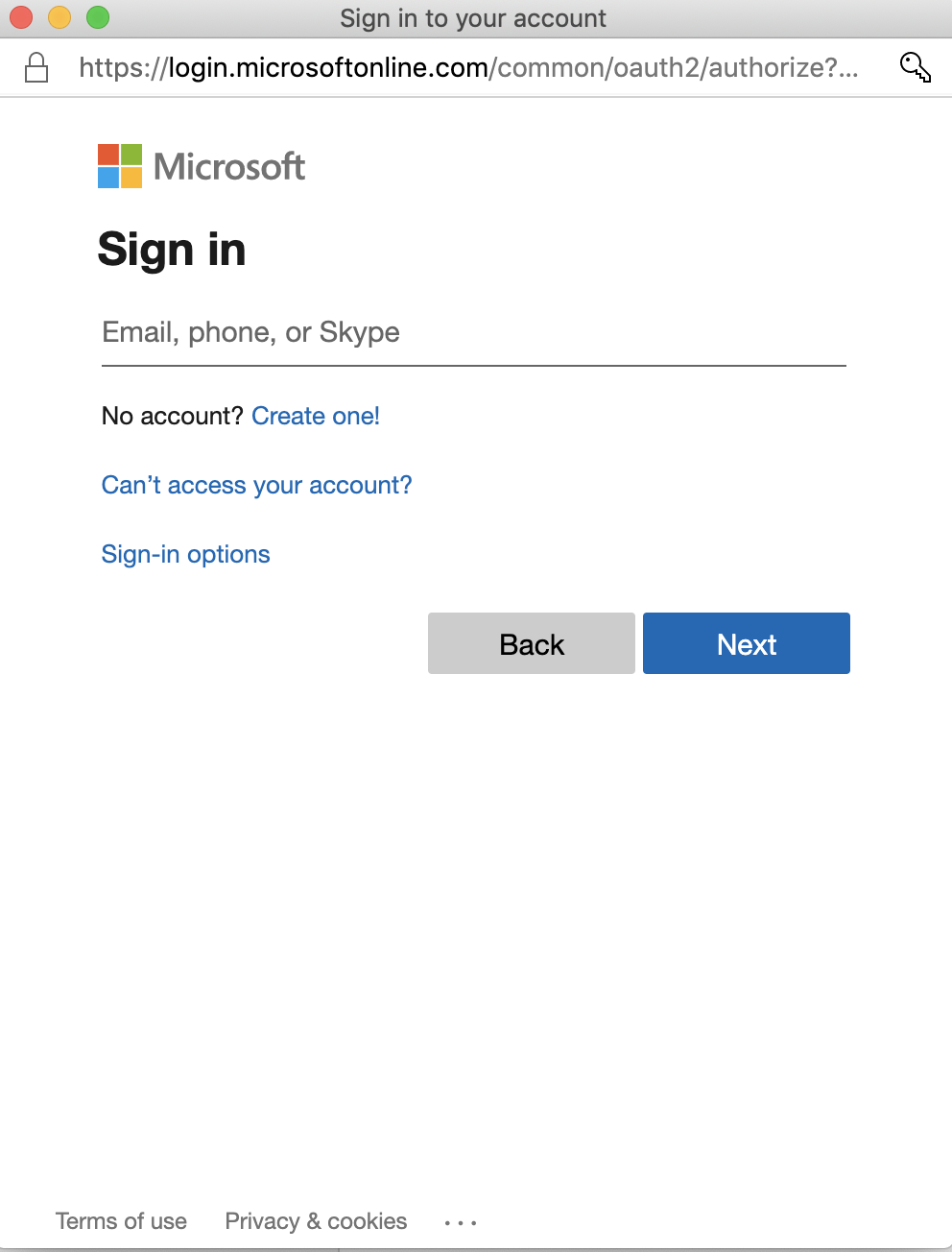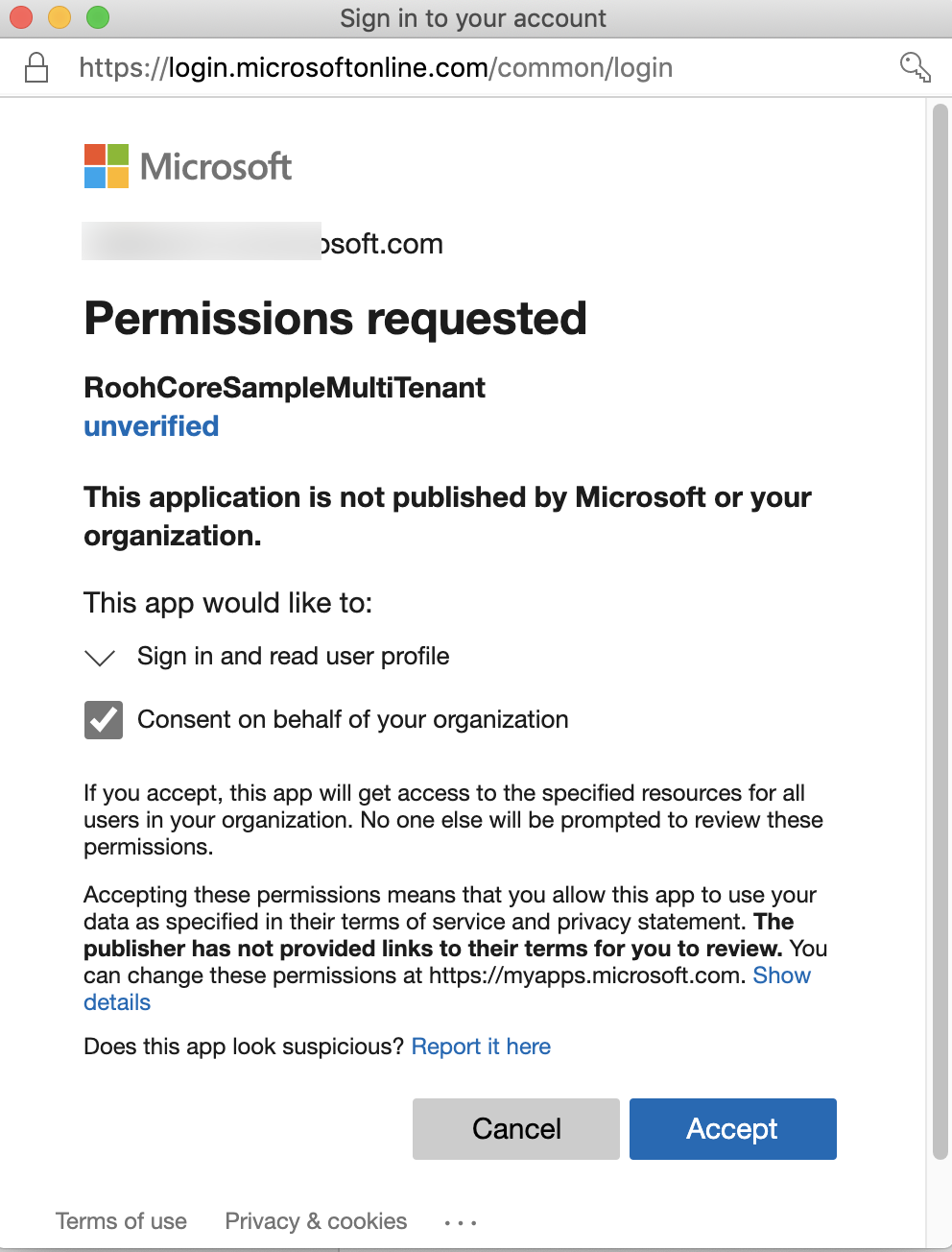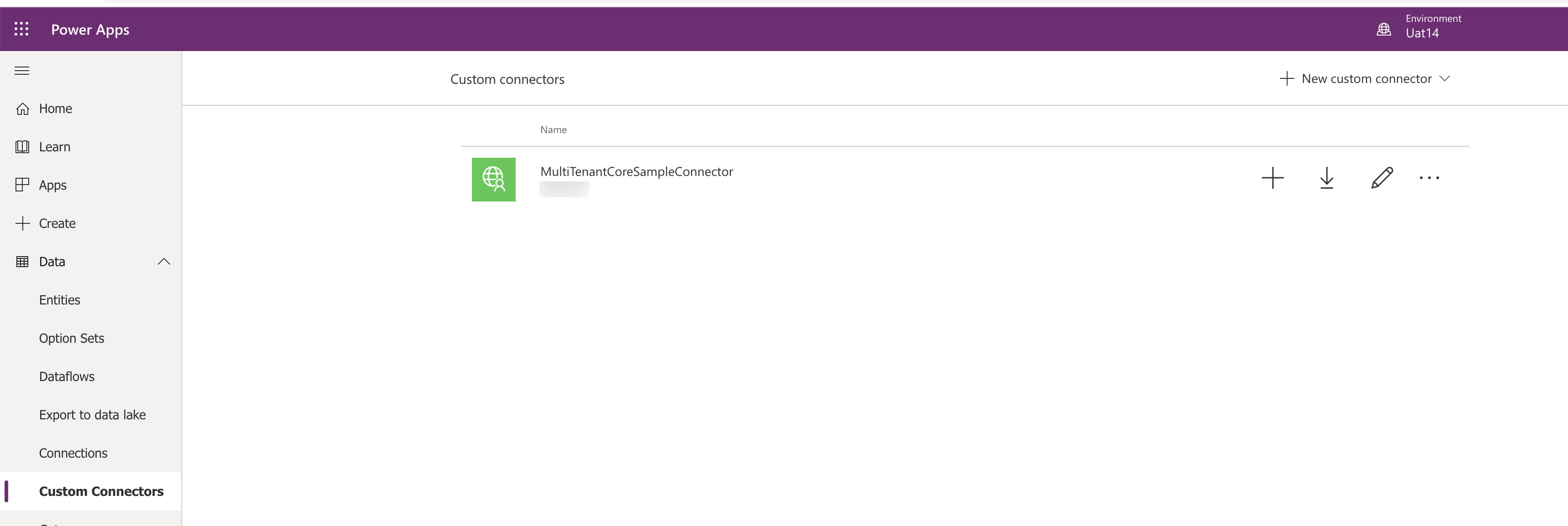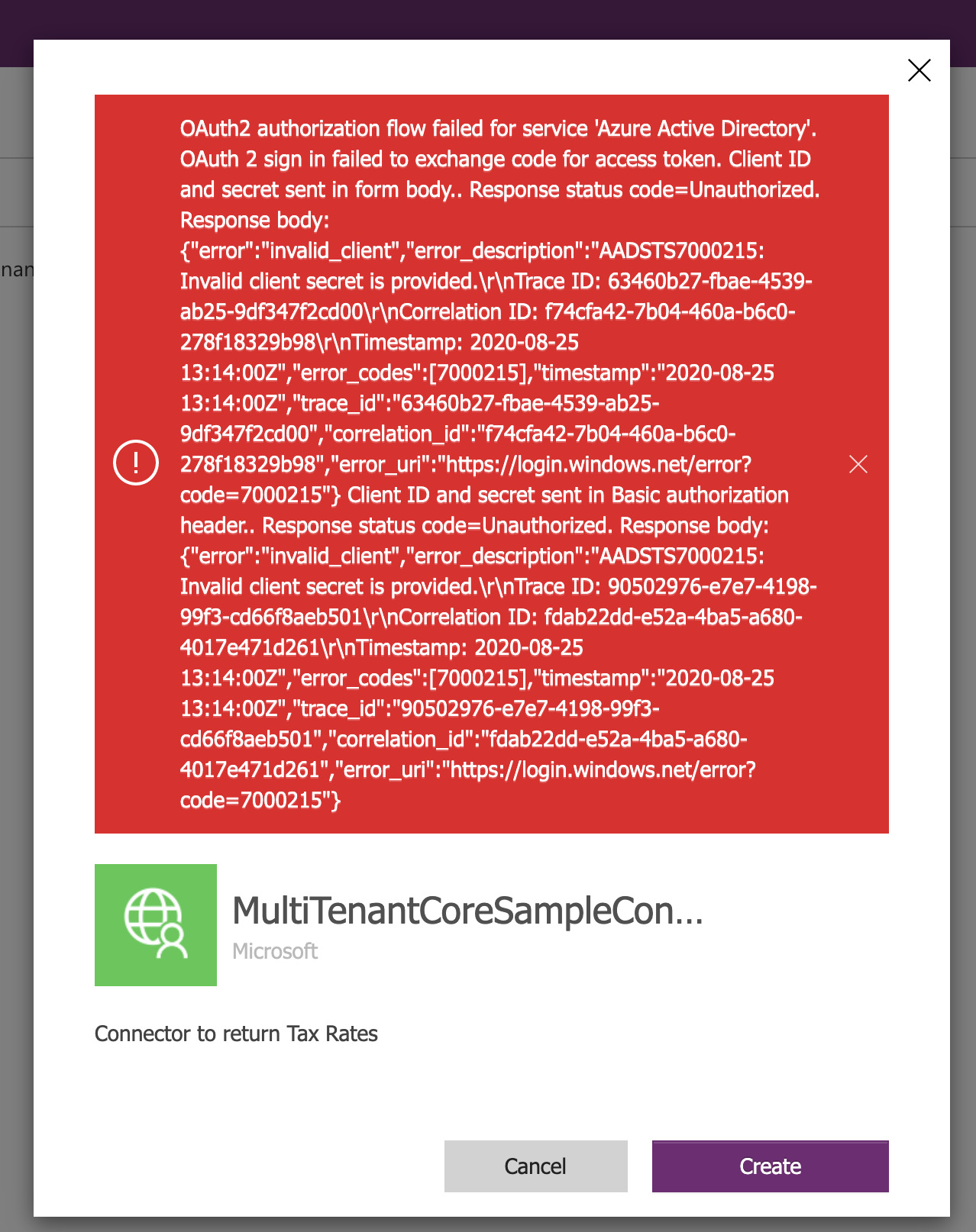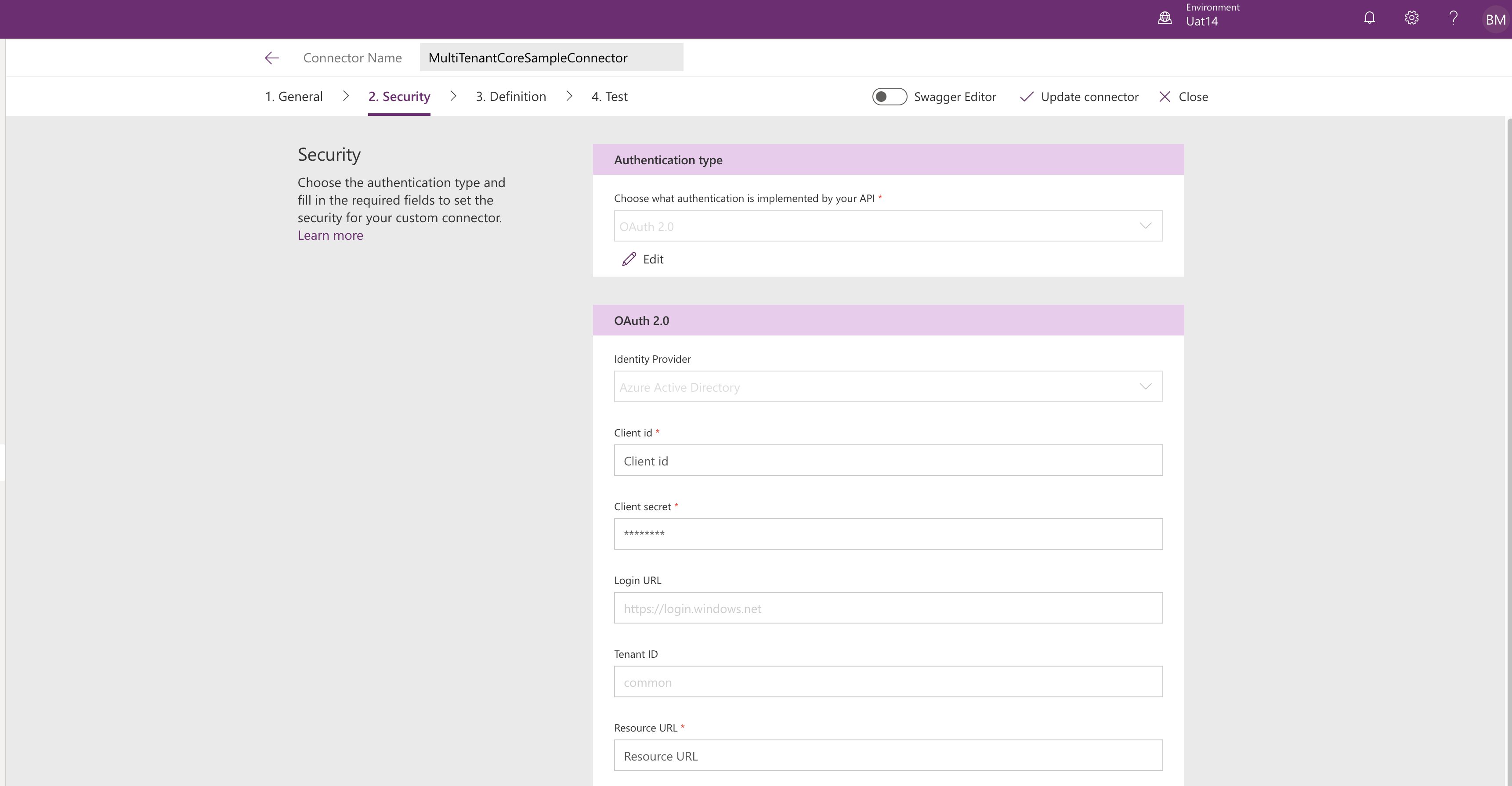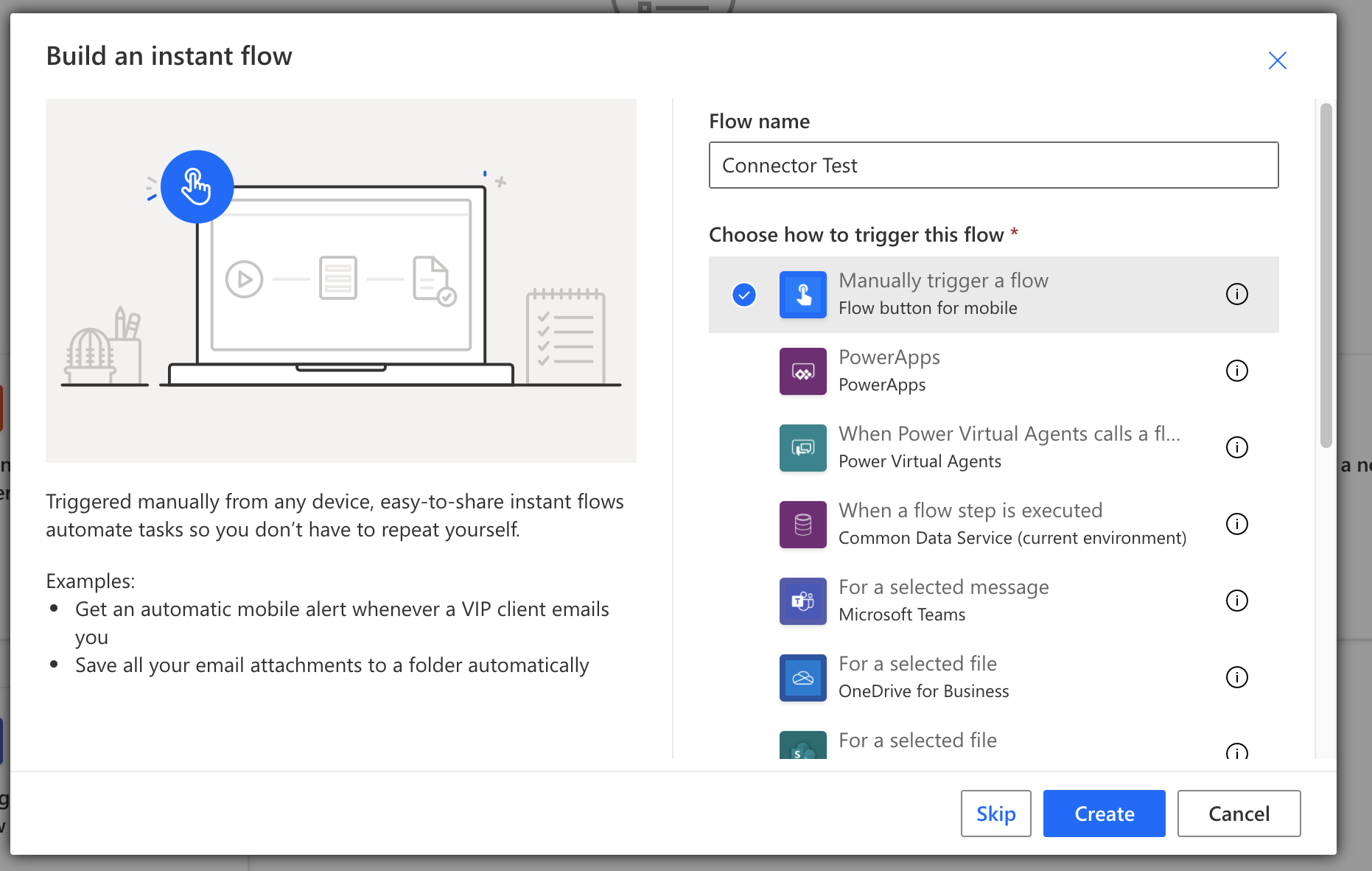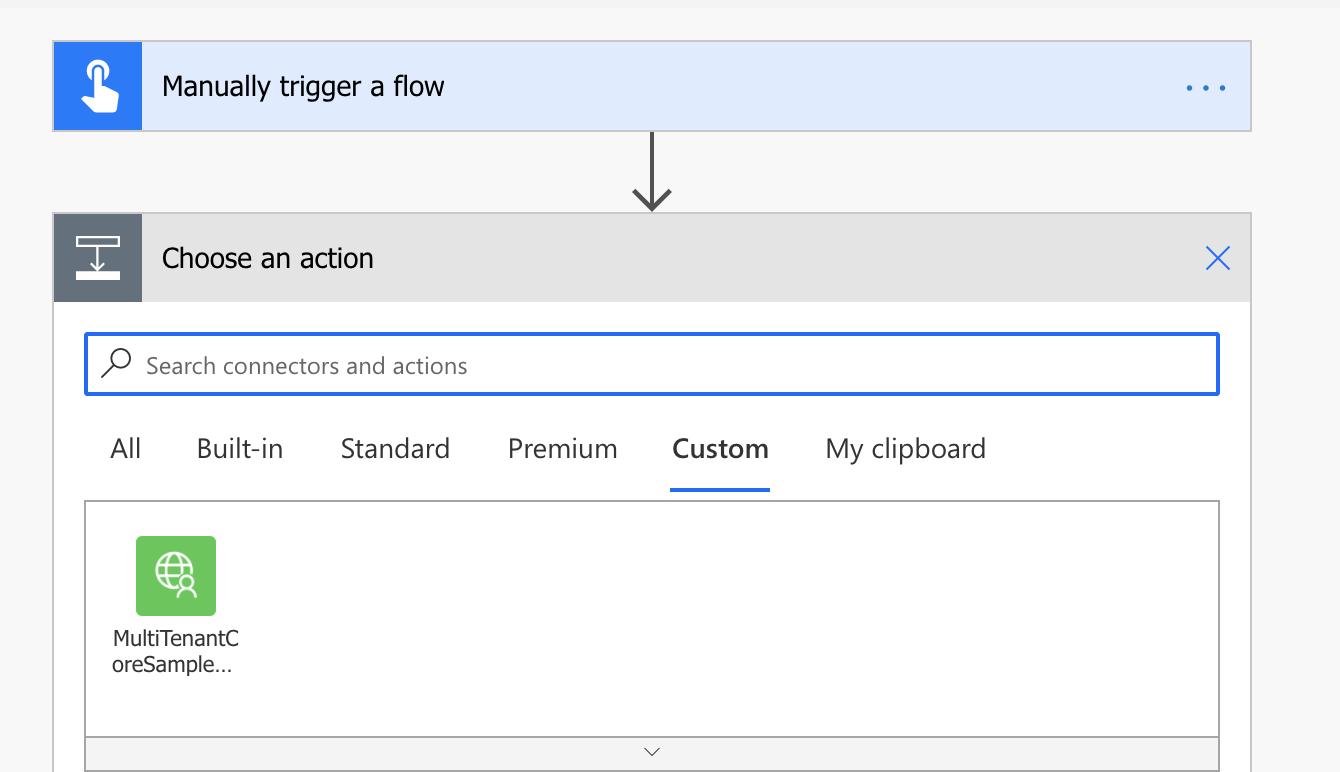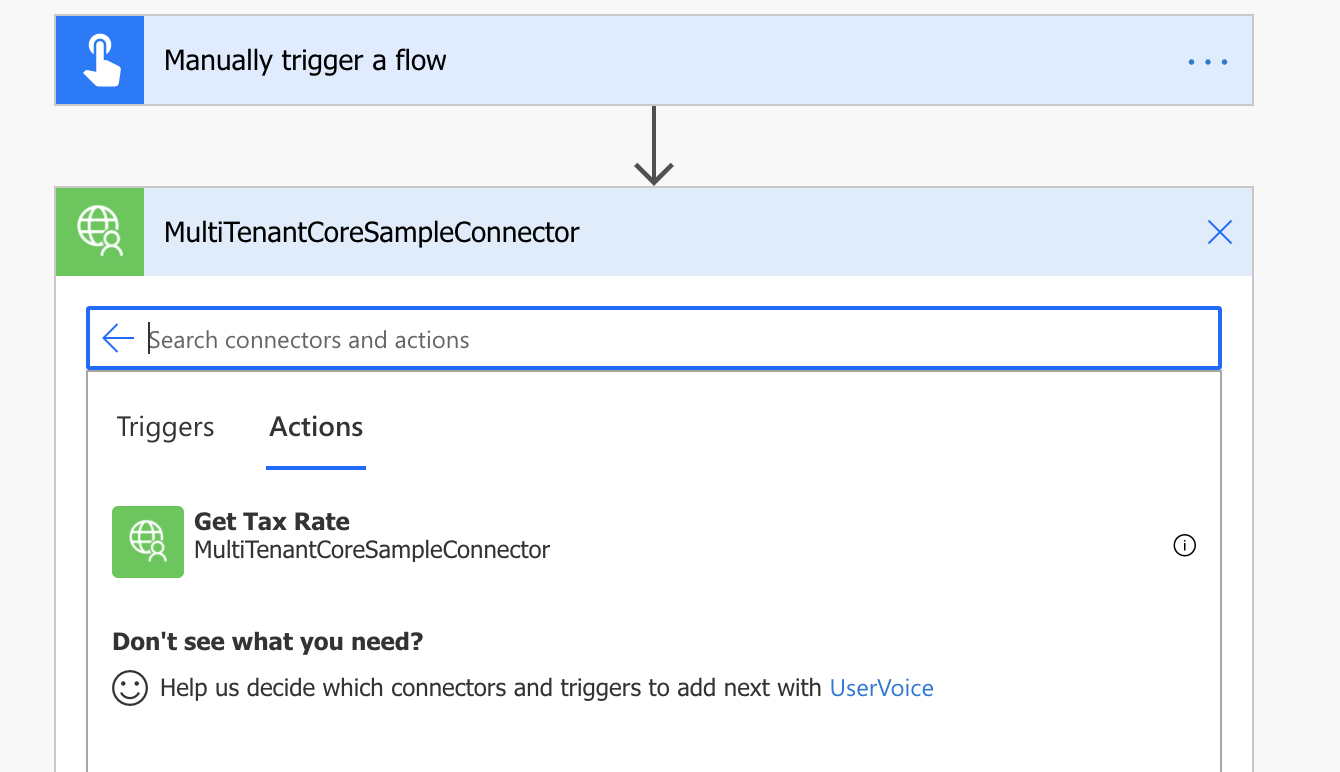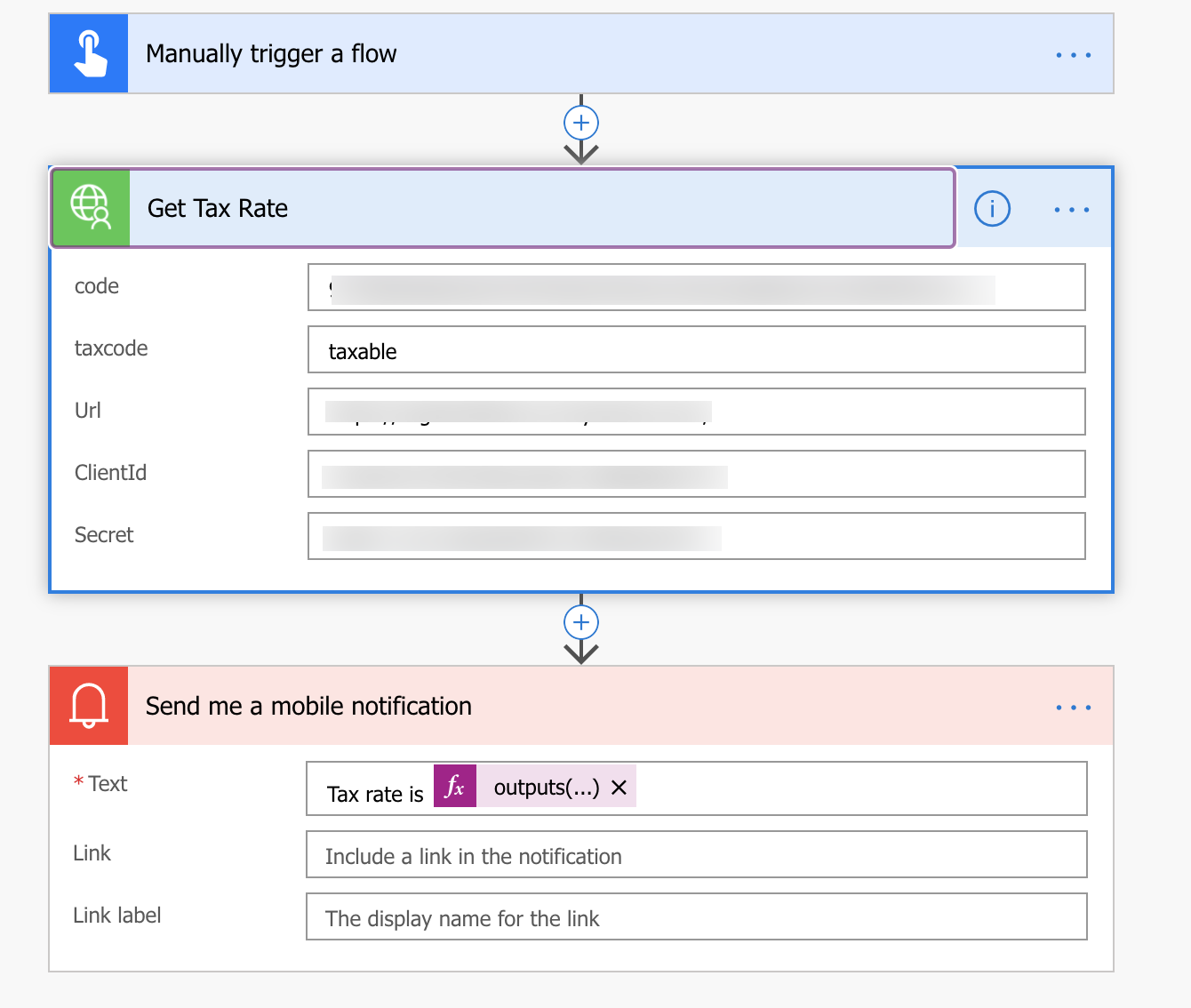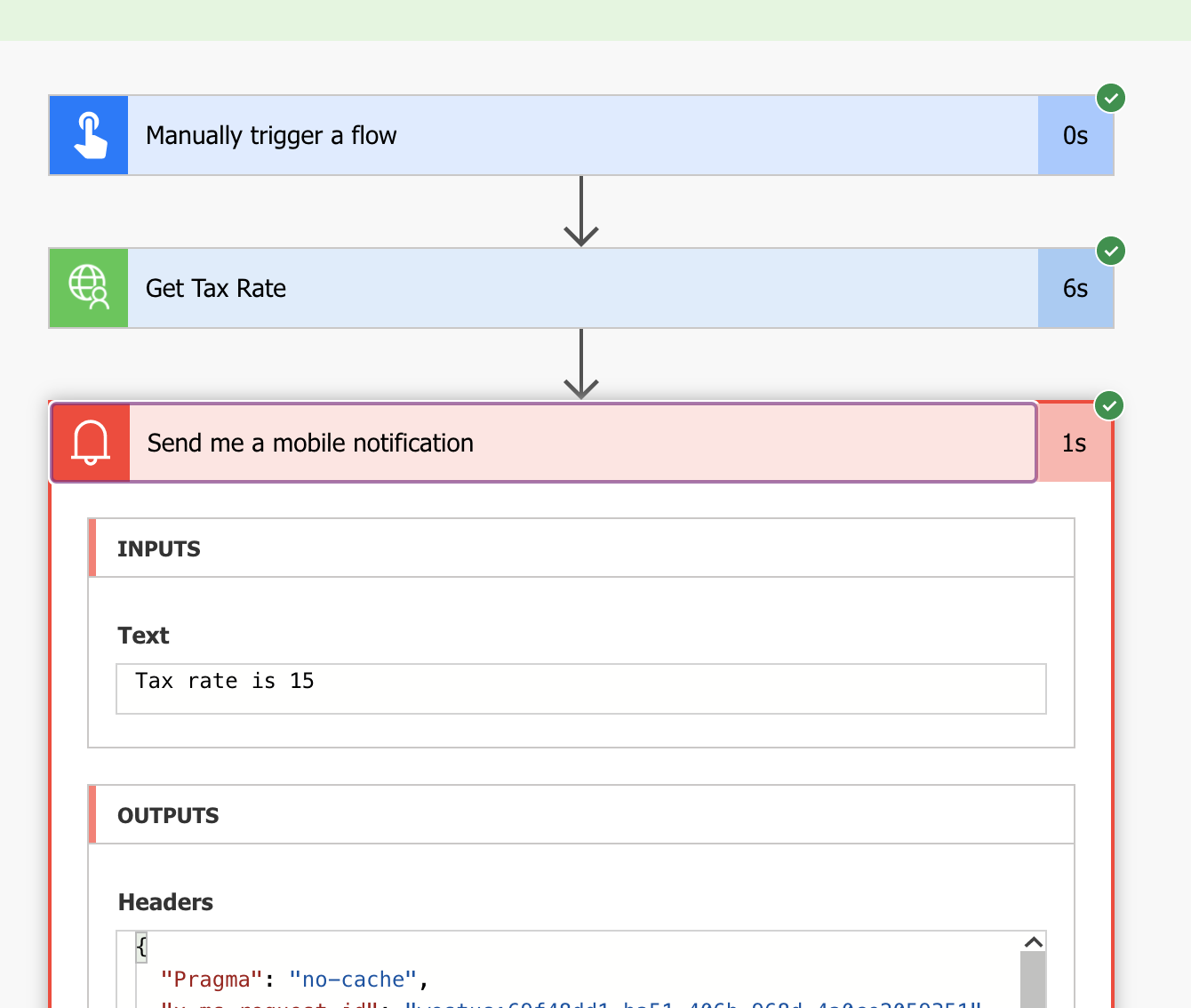With our Azure function ready in the earlier post. We now look at the steps to create a custom connector for this Azure function.
Do remember, we have enabled AAD authentication for our Azure function.
The APP registration provided while enabling AAD authentication was set for multi-tenant authentication.
While we have an easy way to create a custom connector outside the scope of a solution, since we will also cover moving custom connectors from one environment to another, we will look at the steps to create the connector from within a solution
Navigate to https://make.powerapps.com and open your solution. Next, choose New > Other > Custom Connector.
First Step provide Connector details like name, image and short description. In the host add the host name of your Azure function i.e if your azure function url was
https://xxx.azurewebsites.net/api/GetTaxRate?code=xxxx
the host would be xxx.azurewebsites.net
Next comes security. Since we are looking for AAD authentication, we will choose OAuth 2.0 in this step.
Client ID = APP ID of the App registration created while setting the AAD security for Azure function
Client Secret = Secret key of the above app.
Leave the login url and tenant id as is.
Resource URL = Copy and paste the client id (app id of the app registration)
Ref: Why leave common in tenant id – https://docs.microsoft.com/en-us/azure/active-directory/develop/howto-convert-app-to-be-multi-tenant
After you save the connector, the Redirect URL will be generated as shown above. Copy the redirect URL and we need to add this to our app registration (same one of which you have provided the client id here)
Next in the Definition tab, we will provide the details of the actions that we wish to expose through our connector
Under actions choose new action and provide the action details. The details entered here will be displayed to the user when using your connector and this action so make sure to have all the descriptive information included here.
In the request section click import from sample and provide the request details. You can copy the url from Postman where we had done the test call.
My request has 2 query parameters and in the header I need to pass the CRM connection details like URL and the Client ID, Secret for connection to the said environment.
When you click import, you will see all the query parameters and header information has been generated for you.
Click Update Connector to save all changes to the connector.
Before we test the connector we need to complete a few additional settings in Azure APP registration.
Completing the authentication settings on Azure AD APP registration
Navigate to Authentication section of the App Registration
Click Add a platform
Choose Web and paste the Redirect URI copied from the connector
Click Save to save this redirect uri.
Next navigate to the Expose an API setting of the APP registration and click add scope
Details provided here are displayed to the user when they are making a connection to our connector and are from another tenant. These details are used on the Consent screen
Test the connection for the connector:
Navigate to https://make.powerapps.com > Data > Custom Connectors
Click the + button against the connector to build a connection to it. When you click, you should be prompted to login to Azure AD
Enter the credentials, if you enter the credentials of an environment other than the current environment, you would be prompted with the following screen
Click Accept and you should have a successful connection object created for this connector.
Note sometimes, after this screen it may display you an error about app registration error. Try again and the next time it succeeds 🙂
Moving this custom connector to another environment
Since we added this connector to a solution, simply export the solution as managed solution and import it to the other environment.
Navigate to Custom connectors tab to find the connector listed there
Click the + button to test connection with the connector
If you get an error about invalid client id and secret key,
edit the connector and fill in the security page once again. It will be the same client id and secret key that we had added when creating this connector in the other environment.
Consuming this connector through Power Automate Flows
We are now ready to create a flow and add a step for the operation in our connector.
Choose Manual Trigger of flow
In the Custom tab, you should find our connector
Choose our action
And now provide the requested details in an end user friendly UI
And the result is
